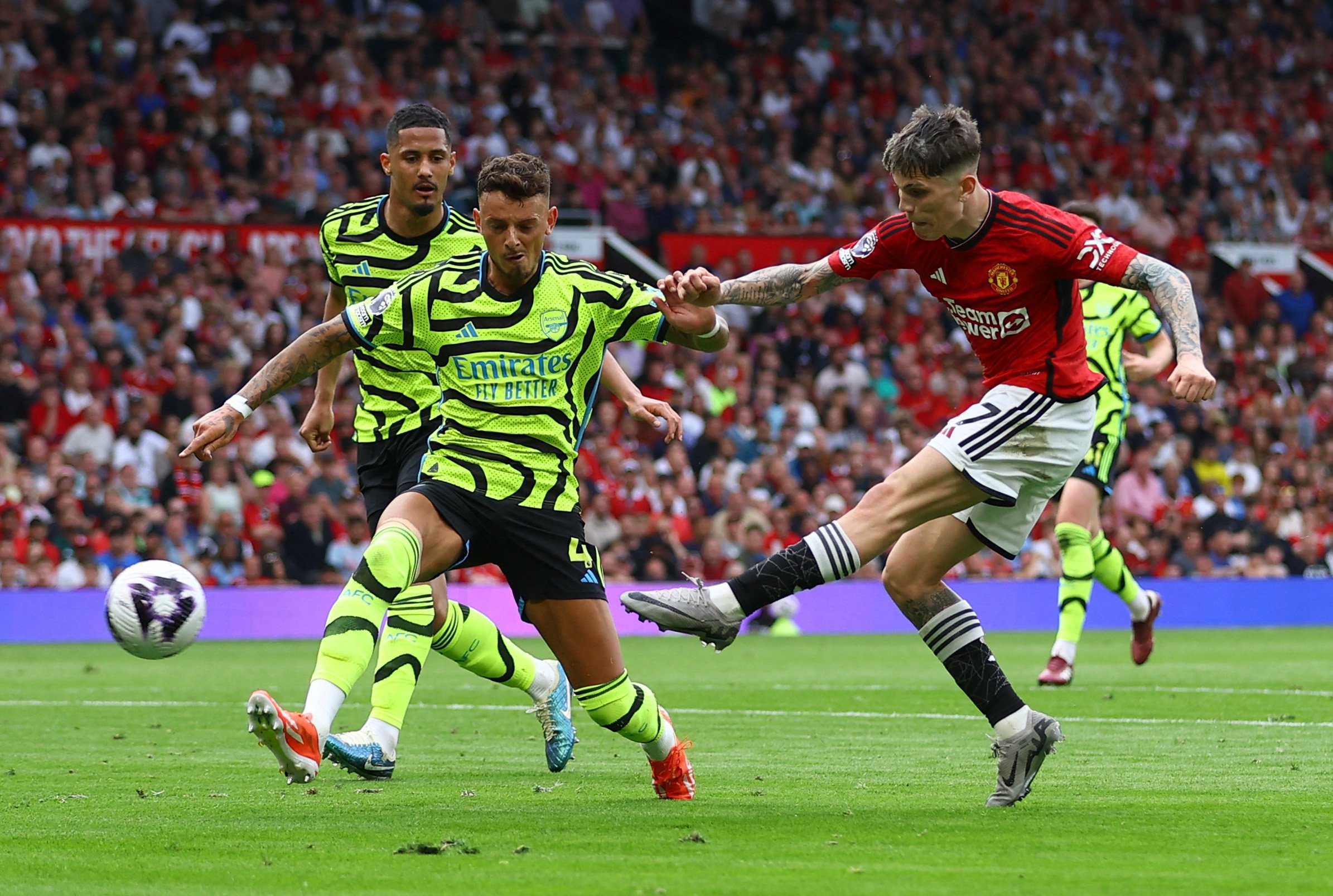Usefulness of Non-Contrast-Enhanced Ultrashort Echo Time Magnetic Resonance Angiography for Assessing Cerebral Aneurysms After Woven EndoBridge Device Treatment
Digital subtraction angiography (DSA) is the gold standard follow-up modality for assessing aneurysm occlusion state after Woven EndoBridge (WEB; MicroVention/Terumo, Aliso Viejo, CA, USA) treatment. However, because of the invasiveness of DSA, time-of-flight (TOF) magnetic resonance angiography (MRA) is also used, although it has limited diagnostic accuracy: signal loss in MRA due to the WEB device hinders clear assessment of aneurysm remnants post-treatment. This study aimed to determine whether the non-contrast-enhanced (non-CE) ultrashort echo time (UTE)-MRA sequence, with its ability to reduce metal-induced susceptibility artifacts in MRA, is a reliable follow-up modality to assess aneurysm occlusion status after WEB device treatment.
From June 2024 to February 2025 at our institution, 12 consecutive patients with 14 aneurysms underwent TOF-MRA, UTE-MRA, and DSA for occlusion assessment 6 months after WEB treatment. Angiographic assessments were independently performed by two observers using the WEB Occlusion Scale (WOS). Visibility of the parent vessel at the WEB placement site in TOF-MRA and UTE-MRA was also evaluated.
According to DSA, the rates of WOS grade A/B (complete occlusion), C, and D aneurysms were 64.3%, 28.6%, and 7.1%, respectively. Regarding intermodality agreement between TOF-MRA and DSA, the κ coefficient was 0.19, indicative of poor agreement. Intermodality agreement between UTE-MRA and DSA was excellent (κ = 0.88). The parent vessel adjacent to the WEB device tended to be visible more often with UTE-MRA (85.7%) than with TOF-MRA (50.0%) (p = 0.10).
Non-CE UTE-MRA may be a reliable and less invasive imaging modality after WEB treatment.
Woven EndoBridge device; cerebral aneurysm; signal loss; ultrashort echo time magnetic resonance angiography.
Copyright © 2025. Published by Elsevier Inc.
Declaration of competing interest None.







